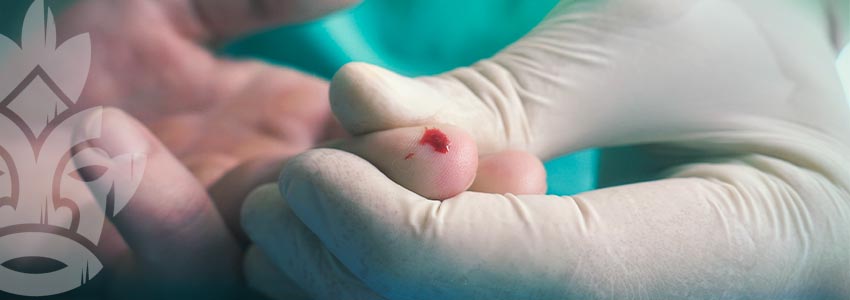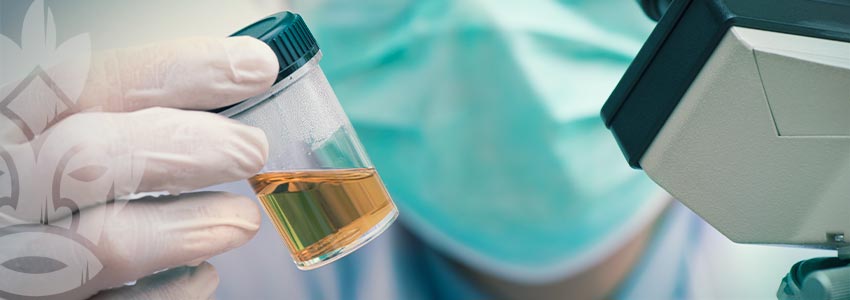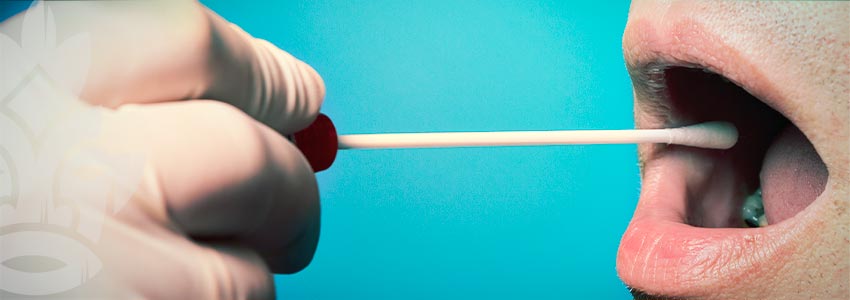Don't have an account?
Register NowYou have to add to cart at least 5 bottles or any program to make checkout.
- BlogHow Long Does THC Stay In Your System?
How Long Does THC Stay In Your System?
Published: July 30th, 2022
Categories:
Cannabis Info
Whether you’re a rookie or a veteran in the recreational cannabis game, you’ve likely wondered how long THC stays in the body. It could be due to work-related reasons or to keep those cannabinoid levels in check.
There isn’t a cut-and-dry answer here because there are several variables to look at. It will also depend on the manner of testing, whether it’s procuring a urine, blood, or hair sample.
But you clicked on this article to find some answers, and that’s what we’ll aim to give you. Hopefully, we’ll be able to provide you with some of the valuable information you’re looking for.
How Does Cannabis Affect the System?
Tetrahydrocannabinol, as you may know, is the active cannabinoid that is known to bring the psychotropic effects associated with cannabis. And if you look at THC’s structure under a microscope, you’ll see that it appears similar to the brain chemical anandamide.
And like anandamide, it functions as a neurotransmitter that directly affects specific brain functions. Some good examples are pleasure, thinking, memory, coordination, and movement.
But in the case of THC, it attaches itself to cannabinoid receptors on the neurons in these specific brain areas and activates them. As a result, it disrupts certain mental and physical functions [1].
As a closer example, let’s look at how THC affects memory and the hippocampus. This 2020 research report highlights a study on lab rats exposed to THC [2]. The exposure was done in utero, shortly after birth, and during adolescence.
Results showed “notable problems” in the rats’ ability to learn and memorise tasks later in their lives. The THC impairment also reportedly showed “structural and functional changes” in the hippocampus.
But another research report highlights THC’s potential abilities to impair humans [3]. Specifically, it noted studies on THC impairment on drivers and how it made them “twice as likely to be culpable for a fatal crash”.
While more studies are needed to make a more definite conclusion, collective findings show impairment as a seemingly apparent result of cannabis consumption.
How Long Does Cannabis Stay in Your System?

There isn’t a definite answer to this question because several variables need to be considered. Primarily, it will depend on the method of testing. In this case, we’ll use urine testing as a benchmark since it is the most common drug testing method utilised.
As noted in this 2017 peer review, single use of cannabis (a.k.a one joint) will leave THC in one’s system for up to three days. The moderate use of up to four times a week lets THC linger in the body for up to seven days.
For daily users, you can expect to have THC coursing through your blood for up to 15 days. And if you’re a heavier chronic user, which means you toke up multiple times in a single day, THC will likely remain in your system for up to 30 days.
It’s also worth noting that cannabis metabolites are fat-soluble. This simply means that they will bind to the body’s fat molecules. As a result, people with more body fat will likely need a long time before they can completely dispense of THC from their system.
To better understand how things work, let’s look at how the body breaks down THC. Upon its entry into the system, it will be absorbed by the bloodstream. Some of it may linger in some fatty tissues and organs.
The cannabinoid will then be broken down by the liver. But as we mentioned, some of these metabolites will remain in the body, and these are usually detected in drug tests. From there, THC completely exits the body via urine or stool.
That’s why an effective way to roughly determine the amount of time cannabis stays in the system is based on the frequency of use. The more often you smoke or ingest weed, the higher the baseline concentration level of THC in your system will be. This explains the longer time it requires before leaving the body.
What Types of Drug Tests Are There?
There are several ways to collect a specimen sample for drug test purposes. Right now, five types of samples are usually collected: blood, hair, urine, sweat, and saliva. We’ll go through each of them one by one.
Blood test

Blood tests are by far the most intrusive sample collecting methods on this list. Like any purpose outside of detecting drugs, this one requires drawing a small amount of blood from a vein. If you’re the squeamish type who panics at the sight of their own blood, this method may not be for you.
While blood tests are more foolproof in terms of spotting substances, they have a shorter detection window. For this one, you’ll need to limit it to more recent use of up to 12 hours.
Hair drug test
Unlike blood tests, collecting a person’s hair to identify substances is much more comprehensive. It can provide almost complete data on a person’s cumulative history of drug use.
The detection window is also much longer. Hair collected from the head could detect up to three months after the initial use, while body hair has a detection window of up to a year.
Samples from the head, face, forearms and even armpits are collected for hair drug tests. It can detect many different substances like cocaine, opioids, amphetamines, and MDMA.
Urine test

As we mentioned in an earlier section, the urine test is the most common method of all. It’s also one of the most established and effective enough to detect substances for up to 30 days.
Apart from cannabis, urine tests can also detect metabolites of other substances. These include alcohol, cocaine, amphetamine, opiates, and benzodiazepines.
Sweat test
Like hair tests, sweat drug tests can also provide an overview of a person's cumulative substance use. And unlike urine samples, this one is more difficult to tamper with.
The downside with sweat tests, however, is the collection method. The individual would be required to use either a sweat patch or absorbent pad on their skin to collect all the sweat.
The minimum amount of time for the absorbent pad is 24 hours. On the other hand, sweat patches need to be on the skin between 7 and 14 days. For some people, making it impractical.
Saliva drug test

Collecting saliva is the best way to go if you need immediate results for your drug tests. Especially for orally-consumed substances, this one works best.
However, it also has a short detection window, between 24 and 48 hours. And in some cases, drug use could limit saliva production, making sample collection a bit more challenging.
Keeping Your System THC-Free
For recreational cannabis smokers, staying THC-free can be a challenge. This becomes particularly problematic for those who undergo regular drug testing for work.
If this is the case, abstinence is your safest bet. Now that you know the detection window of each method, you can make the necessary adjustments in terms of consumption time.
Besides, our bodies could use a THC break from time to time. That only makes the experience more worthwhile after that much-needed pause.





